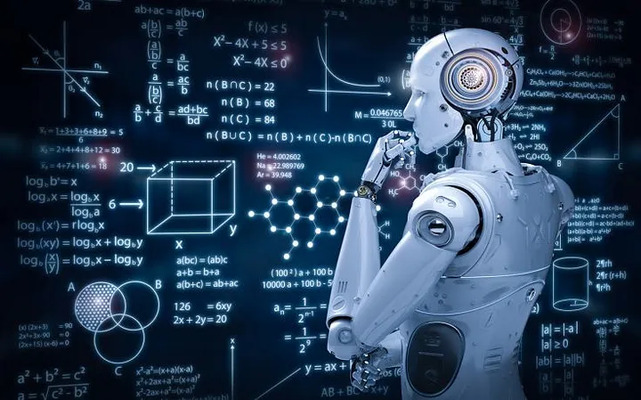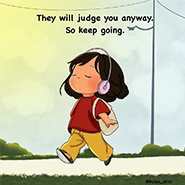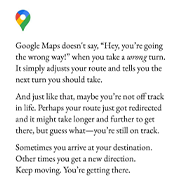In the last decade, Artificial Intelligence (AI) has revolutionized various industries, and one of its most significant impacts has been on communication. Among the many AI-powered tools, chatbots stand out as game changers. From customer support to personal assistance, chatbots are reshaping the way we interact with technology, businesses, and even each other.
What Are Chatbots?
Chatbots are AI-driven programs designed to simulate human conversations. They use natural language processing (NLP) to understand and respond to user inputs. Whether you're typing a query into a customer service chat or talking to your voice assistant, you're interacting with a chatbot.
There are two primary types of chatbots:
- Rule-Based Chatbots: These follow pre-set commands and respond to specific queries. They’re simple but limited in scope.
- AI-Powered Chatbots: These are advanced, using machine learning to improve over time. They can handle complex queries, provide personalized responses, and even mimic human-like conversations.
How Chatbots Are Transforming Communication
1. Enhancing Customer Support
Chatbots are available 24/7, providing instant responses to customer inquiries. They’ve drastically reduced wait times and improved the efficiency of customer service teams. Companies like Amazon and Netflix use AI-powered chatbots to resolve issues, track orders, and recommend products.
2. Personalized User Experiences
AI chatbots can analyze user data to deliver highly personalized interactions. For example:
- E-commerce chatbots suggest products based on browsing history.
- Health chatbots offer tailored wellness advice.
- Finance bots assist users with personalized budgeting tips.
3. Bridging Language Barriers
Advanced chatbots, like Google Assistant, are equipped with real-time translation capabilities. They make communication seamless, even across different languages, enabling businesses to connect with global audiences.
4. Streamlining Workflows
In workplaces, chatbots like Slackbot or Microsoft Teams’ bots help streamline tasks:
- Automating meeting scheduling.
- Sending reminders for deadlines.
- Providing instant access to company resources.
5. Improving Accessibility
For individuals with disabilities, chatbots and voice assistants like Alexa and Siri provide critical support. They help users navigate devices, access information, and communicate more effectively.
Challenges Chatbots Face
While chatbots are transforming communication, they’re not without challenges:
- Limited Understanding: Even the most advanced bots occasionally misinterpret queries.
- Lack of Emotion: Bots can’t replicate human empathy, which is essential in sensitive situations.
- Privacy Concerns: Chatbots collect and store vast amounts of data, raising concerns about data security and user privacy.
Despite these challenges, advancements in AI are continuously improving chatbot functionality and reliability.
Future of Chatbots
The future of chatbots is incredibly promising. Here’s what lies ahead:
- Voice-Activated AI: Chatbots will integrate more deeply with voice-activated assistants for hands-free convenience.
- Emotion Recognition: AI will advance to detect and respond to user emotions, making interactions more human-like.
- Omnichannel Integration: Chatbots will seamlessly connect across multiple platforms, from websites to social media, offering a unified user experience.
- Hyper-Personalization: Bots will use predictive analytics to anticipate user needs before they’re expressed.
Why Chatbots Matter
Chatbots are not just tools—they’re a reflection of how technology can simplify and enhance human interaction. They allow businesses to:
- Save time and resources.
- Improve user satisfaction.
- Build stronger customer relationships.
For individuals, chatbots provide convenience, accessibility, and personalized support in a fast-paced digital world.
Conclusion
As AI continues to evolve, chatbots will play an even more significant role in shaping the future of communication. They’re transforming the way we interact with businesses, manage our lives, and connect with the world around us. While challenges remain, the potential of chatbots to revolutionize communication is undeniable.
The rise of chatbots is just the beginning of what AI can achieve. The question is, are we ready to embrace this future?

 Sangram Keshari
Sangram Keshari









